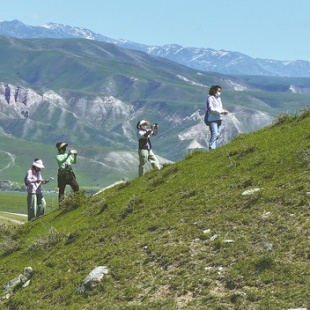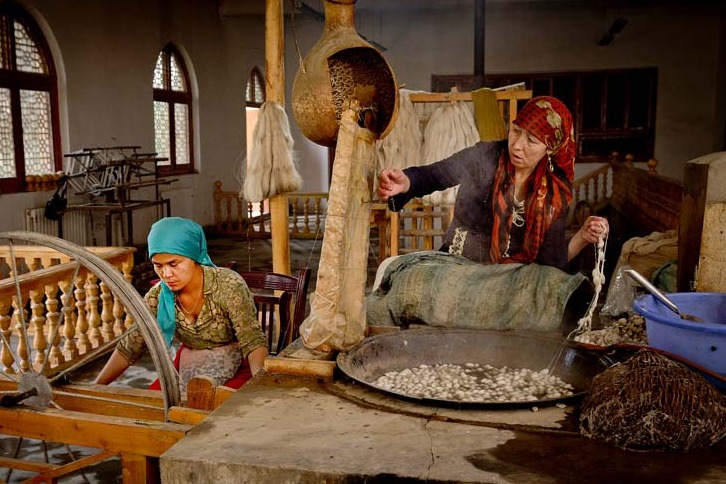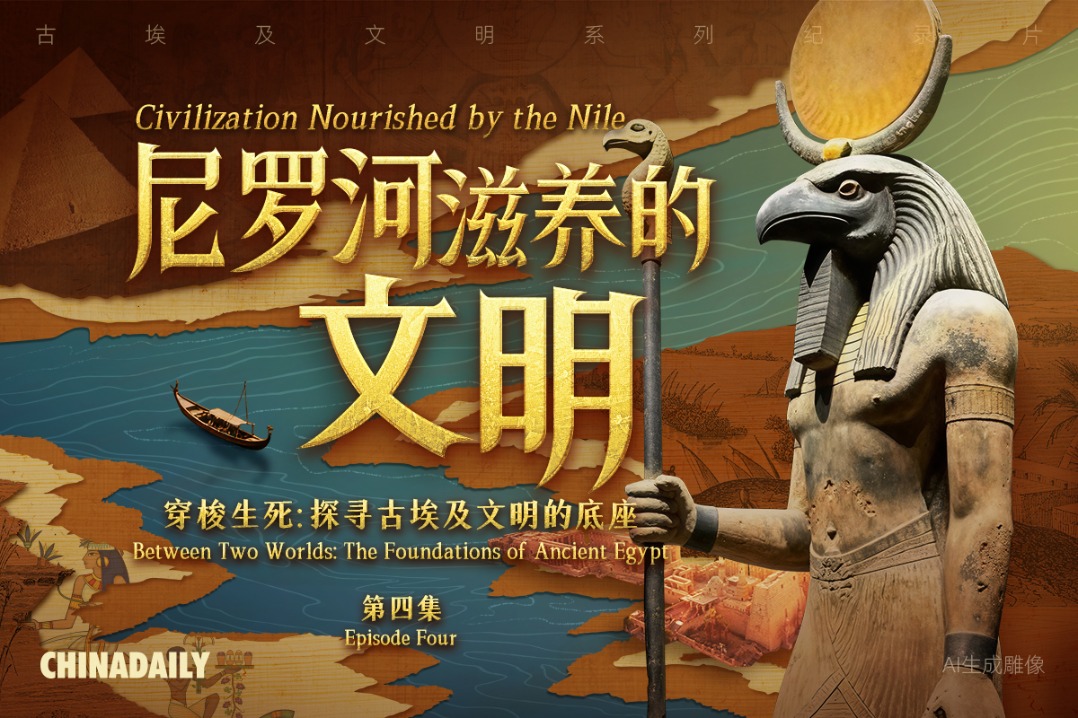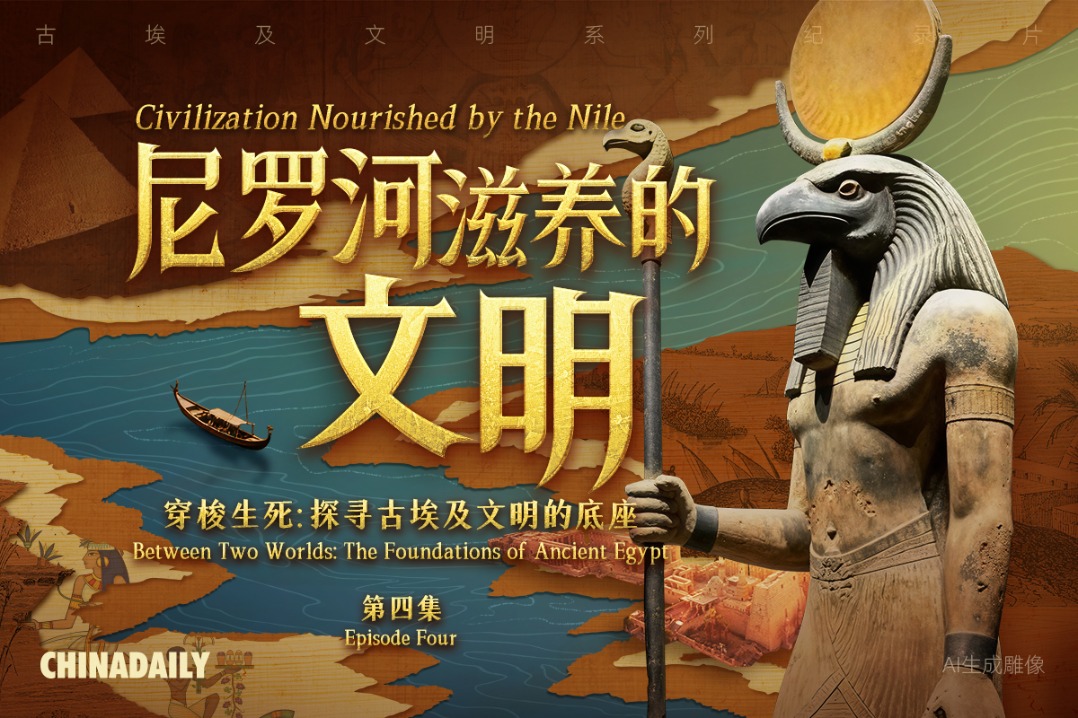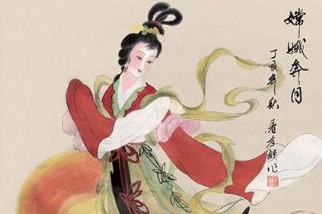Counting on courage to record history

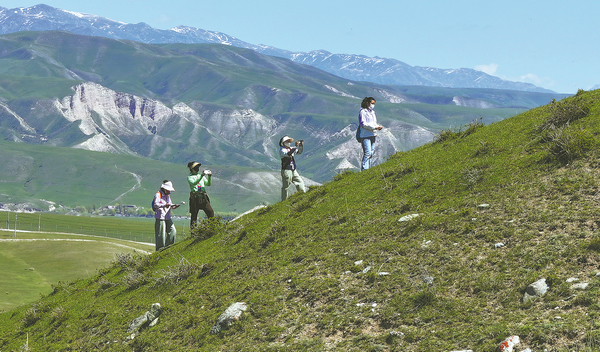
Despite difficulties during the fourth national census of cultural relics in Horgos, Xinjiang Uygur autonomous region, which borders Kazakhstan, members of the city's census team have completed most of their field work and achieved fruitful results.
Their stories epitomize the experience of more than 600 census takers working in Xinjiang to record the cultural treasure in their hometowns.
The team has four women members with an average age of 43. They have investigated and recorded the findings of 14 sites already known in the previous census, except one that is still inaccessible on a snowy mountain. They have added 18 new sites to the list.
"Although our team members are not young, we have managed to complete our tasks by crossing high mountains and traversing deep ravines just like our young counterparts," says Zhang Huiling, the 52-year-old leader of the team, who is also head of the cultural heritage department of Horgos' culture and tourism bureau.
Team members say local people have played a significant role providing information for finding new sites.
"We have actively promoted our work among the public by spreading brochures introducing the census," says Yan Ping, a 36-year-old member of the team.
"To our surprise, we received a great deal of feedback from people about the possible cultural remains they had noticed in daily life and then we investigated the sites. As of now, most of the new sites we have found came from local people's reports."
Yan and her colleagues re-discovered the site of a karun, meaning in Manchu language a sentry post, which was established in border areas during the Qing Dynasty (1644-1911). It was recorded as disappeared in the third national census of cultural relics, which was carried out from 2007 to 2011.


